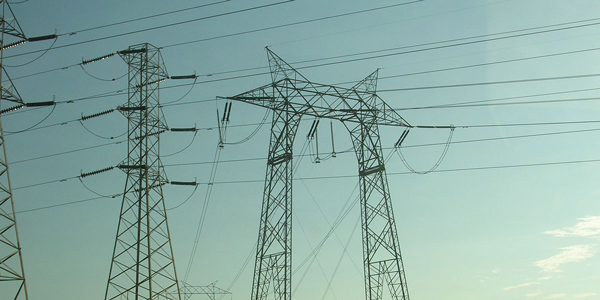By Jason Fordney
Edison International on Thursday joined other California utilities in protesting difficulties in recovering costs related to devastating wildfires, saying it will pursue “legal, regulatory and legislative” avenues on the issue.
During a fourth-quarter earnings call, Edison CEO Pedro Pizarro said the company faced “significant challenges in December and into January of this year due to wildfires and the related legal and regulatory framework in California.” He said the wildfires have increased in severity because of climate change, long-term drought and forest management policies that have led to a buildup of vegetation and dead trees. Eight of the state’s 20 worst wildfires having occurred in the last three years, Pizarro said.
The statements echo recent vows by Pacific Gas and Electric to fight for wildfire cost recovery. Both PG&E and Southern California Edison have asked state regulators to rehear a November decision denying cost recovery to San Diego Gas & Electric for about $380 million in damages costs above its insurance coverage from wildfires in 2007. (See PG&E Vows Fight over Wildfire Cost Recovery.)
Fires raged across California much of the fall, leading the California Public Utilities Commission to take on a larger response role and lawsuits against PG&E and SCE over the possible role of utility infrastructure in causing the fires. (See Wildfires Color California PUC Utility Decisions.)
Edison, the parent of Southern California Edison, said the CPUC has not indicated whether it will allow recovery of premiums SCE spent on incremental wildfire insurance at the end of the year, which cost 29 cents/share. About a quarter of SCE’s 50,000-square-mile service territory is in high-fire-risk areas, Pizarro said.
California’s courts have held investor-owned utilities liable when their utility equipment was found to be a substantial cause of a wildfire.
“This is a statewide crisis that needs a statewide solution,” Pizarro said. In addition to ensuring sufficient fire suppression resources and improved vegetation management and zoning regulations, Pizarro said the state’s infrastructure must be hardened.
“We should evaluate the safety impacts, along with the reliability and cost tradeoffs, of steps like undergrounding more of the distribution network in selected areas, installing steel or composite poles instead of wood ones in specific locations, and using further preventive public safety shutoffs of power under high-risk conditions such as red flag warnings, which we have done selectively in the past,” Pizarro said. “When a catastrophic event occurs in spite of all these efforts, we need thoughtful policies around how financial risks are allocated, including fire suppression costs and damages.”
Fourth-Quarter Loss
Edison reported a net loss of $545 million ($1.67/share) in the fourth quarter, compared with net income of $329 million ($1.01/share) in fourth quarter 2016. On an adjusted basis, fourth-quarter core earnings were $357 million, up from $316 million a year earlier.
SCE’s fourth-quarter earnings decreased by $437 million ($1.34/share) from the fourth quarter of 2016, with a $44 million increase in core earnings offset by $448 million in charges from the revised settlement agreement on the retirement of the San Onofre nuclear plant. SCE reported operating revenue of $6.6 billion in 2017 and net income of $1.1 billion, compared with revenue of $6.5 billion and net income of $1.5 billion in 2016.
The utility filed a general rate case with the CPUC in September 2016 for 2018-2020. It is seeking a $5.5 billion revenue requirement for 2018, down $106 million from the 2017 requirement. It has requested increases of $431 million in 2019 and $503 million in 2020.
The requested increases would result in a 9.7% compound annual growth rate through 2020. However, the company noted that the CPUC has approved 81%, 89% and 92% of its previous three general rate requests.
Storage Filing
Edison’s future will include a focus on electric vehicle integration and energy storage.
SCE intends to file an energy storage procurement and investment plan application March 1 to meet its 166-MW share of distribution-level energy storage under Assembly Bill 2868.
Last October, SCE released a white paper that estimated that California will need more than 7 million EVs, the electrification of one-third of space and water heaters and more energy-efficient buildings to meet the state’s 2030 greenhouse gas reduction target.
In January, the CPUC approved five of the six “fast track” projects, totaling $10 million, that SCE proposed as part of a $574 million transportation electrification initiative in January 2017. Pizarro said the company expects a decision in the second quarter on the long-term projects in the plan.





